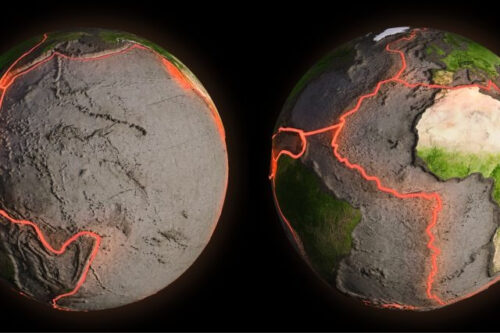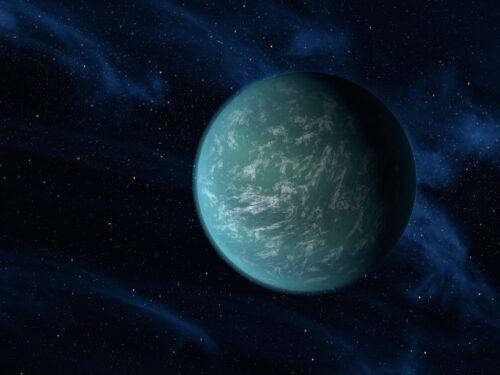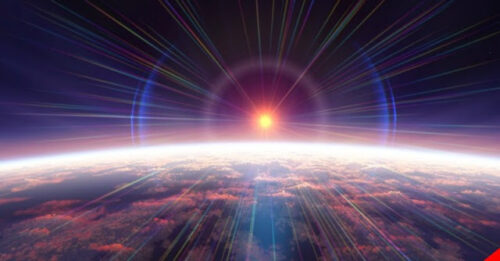
Astronomers have made an exciting discovery, identifying a star system that boasts three Super-Earths and two Super-Mercuries.
These unique planets are exceptionally rare, with only eight Super-Mercuries discovered to date.
The findings were made using the ESPRESSO spectrograph, which detected the presence of two ‘super-Mercury’ worlds in the star system HD 23472.
This study, published in Astronomy & Astrophysics, delved into the composition of these small planets, investigating how it varies with planet position, temperature, and star attributes.
The primary objective of observing this particular planetary system, led by researcher Susana Barros from the Institute of Astrophysics e Ciências do Espaço (IA), was to characterize the composition of small planets and study the transition between having an atmosphere and lacking one.

The researchers were particularly interested in exploring the connection between the evaporation of an atmosphere and star irradiation.
To their surprise, they discovered that the system consisted of three super-Earths with significant atmospheres and two Super-Mercuries, which happened to be the closest planets to the star.
HD 23472, the star at the center of this intriguing system, hosts a total of five exoplanets, three of which have masses less than that of Earth.
Using the radial velocity approach, astronomers were able to detect the slight fluctuations in the star’s velocity caused by the presence of orbiting planets.
This approach allowed for the detection of these extremely lightweight exoplanets, which are among the lightest ever discovered.

The ESPRESSO spectrograph, situated on the Very Large Telescope (VLT) at the European Southern Observatory (ESO) in Chile, played a crucial role in achieving the high accuracy necessary for this groundbreaking discovery.
Super-Earths and super-Mercuries are considered analogues to Earth and Mercury, respectively, in terms of composition but with higher masses.
The key difference lies in the higher iron content found in super-Mercuries.
However, these types of exoplanets are exceedingly rare, with only eight known to date, including the two recently discovered ones.
Scientists are still uncertain why Mercury possesses a larger and more massive core compared to Earth and the other planets in our Solar System, making it one of the densest planets.
There are two prevailing theories regarding the formation of Mercury’s mantle.
One suggests that it may have been lost due to a massive impact, while the other proposes that the planet’s high temperatures caused some of its mantle to melt.

To gain a better understanding of the formation of such objects, it is crucial to locate other dense, Mercury-like planets orbiting distant stars.
The discovery of two super-Mercuries in the same planetary system provides valuable insights to scientists.
According to Alejandro Suárez, an IAC researcher and co-author of the study, “We identified a system with two super-Mercuries for the first time using the ESPRESSO spectrograph.
This helps us understand how these planets developed.” Co-author and IAC researcher Jonay González added that further characterization of the planet’s composition is required to comprehend the evolution of these two super-Mercuries.

In an exciting development, scientists will soon have the opportunity to examine the surface composition and the potential existence of a hypothetical atmosphere using the Extremely Large Telescope (ELT) and its first-generation high-resolution spectrograph, ANDES.
The team’s ultimate goal is to discover another planet similar to Earth, which would greatly enhance our understanding of the origin and evolution of planetary systems. The presence of an atmosphere can also play a crucial role in determining a planet’s habitability.
Susana Barros expressed the team’s desire to continue investigating planets with longer periods and more suitable temperatures, expanding their knowledge in this field of research.
